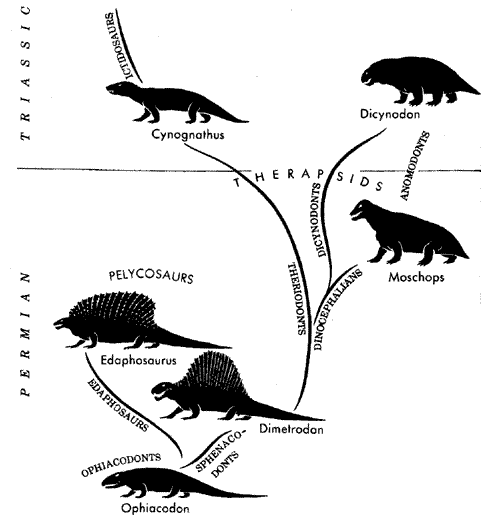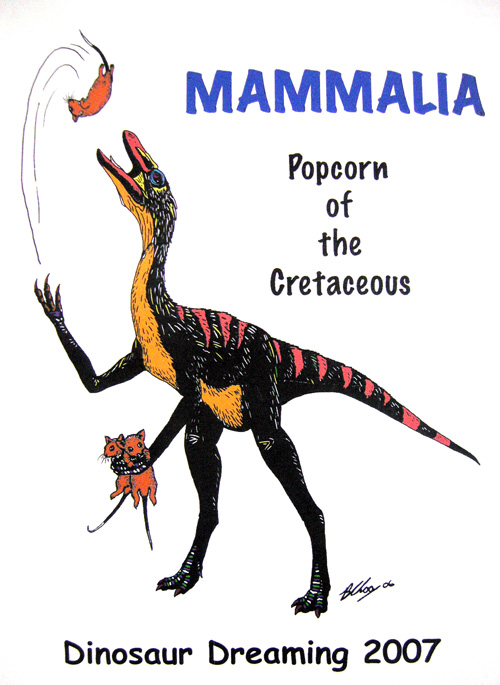A Permian fossil of a specialised herbivore has been discovered in kii’s state, predating any previously known plant-eating reptile by 100 million years. ABC takes up the story.

The “exquisitely preserved” remains of a 300-million-year-old reptile have been found in the United States, rewriting “the known evolutionary timeline”, the New Mexico Museum of Natural history says.
The museum made the announcement this week, saying the unique structure of the skull, jaws and teeth of the reptile indicate it was an herbivore, and such specialised plant-eating was not previously known in reptiles older than about 200 million years.
The bones were part of an “exquisitely preserved but incomplete skeleton”, the museum said in a statement.
“The skeleton is that of a sail-backed eupelycosaur, a group of animals that were very successful during the Permian ,” the museum said.
“Eupelycosaurs include the ancestors of mammals, making this new skeleton more closely related to us than to dinosaurs.”
Paleontology curator Spencer Lucas and his team from the museum determined the bones were about 300 million years old, meaning the reptile lived during the early part of the Permian Period, or more than 50 million years before the origin of dinosaurs.




